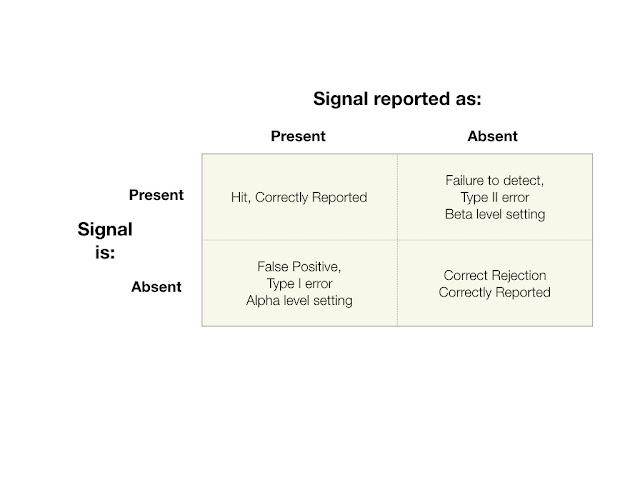I found this interesting and a bit amusing, but it seems that Apple is being sued by Joseph Wiesel, a clinical assistant professor in cardiology at NYU School of Medicine who alleges "... that the tech giant has infringed a patent—generally related to detecting atrial fibrillation by monitoring a pulse—on which Wiesel is the sole named inventor. The accused products are various versions of the Apple Watch, Series 3 and 4 through purported inclusion of an irregular pulse notification feature, and earlier versions through the alleged provision of a software upgrade to add 'irregular pulse notifications resulting from checking a pulse rhythm'."
Here's a link to the quoted material: https://insight.rpxcorp.com/news/59822?utm_campaign=weekly_newsletter&utm_content=&utm_medium=email&utm_source=title_click
Knowing Apple, they will do everything that they can to invalidate Wiesel's patent. This is a common practice for very large and domineering companies like Apple to do in order to refrain from playing royalties to patent holders, especially when the patent holder is an individual or a small company.
The processes that have been put in place to examine patents to determine their validity when there is litigation have shown themselves to be quite favorable to large companies being sued for patent infringement. So I suggest that the likelihood that Dr. Wiesel will receive anything from his suit is not all that favorable.
Here's a link to the quoted material: https://insight.rpxcorp.com/news/59822?utm_campaign=weekly_newsletter&utm_content=&utm_medium=email&utm_source=title_click
Knowing Apple, they will do everything that they can to invalidate Wiesel's patent. This is a common practice for very large and domineering companies like Apple to do in order to refrain from playing royalties to patent holders, especially when the patent holder is an individual or a small company.
The processes that have been put in place to examine patents to determine their validity when there is litigation have shown themselves to be quite favorable to large companies being sued for patent infringement. So I suggest that the likelihood that Dr. Wiesel will receive anything from his suit is not all that favorable.

